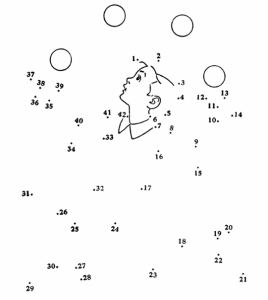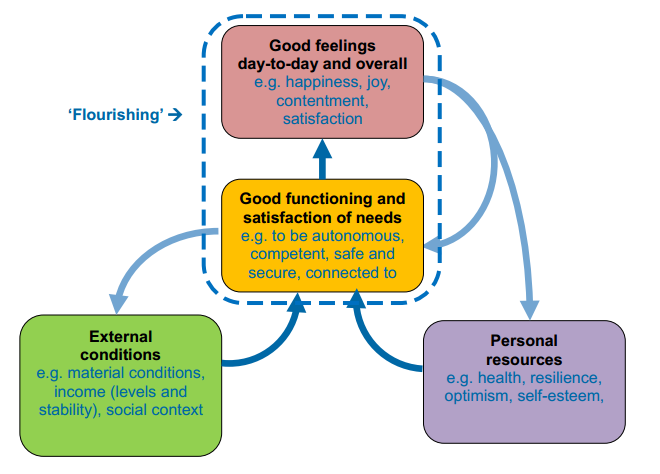 Measuring quality of life is a HUGE area and is increasingly being done to understand the key outcomes of many programs, particularly in social services, health care, community development and education. This is great! Interest in measuring quality of life gets to the core of what measurement should be about - measuring what matters - rather than sticking with what is easy and not particularly important. As Albert Einstein (may have) said: “Not everything that counts can be counted, and not everything that can be counted counts.”
Measuring quality of life is a HUGE area and is increasingly being done to understand the key outcomes of many programs, particularly in social services, health care, community development and education. This is great! Interest in measuring quality of life gets to the core of what measurement should be about - measuring what matters - rather than sticking with what is easy and not particularly important. As Albert Einstein (may have) said: “Not everything that counts can be counted, and not everything that can be counted counts.”
Quality of Life is a concept that is closely related, and sometimes used interchangeably with others - life satisfaction, happiness, well-being. Interestingly we are coming to quality of life and well being measurement from many different directions:
- The health care field that is trying to better evaluate the outcomes of health care interventions;
- Economics that, through the emerging field of ‘happiness studies’, is moving beyond neoclassical assumptions about utility as being only the satisfaction of material needs and wants;
- The social indicators movement (at communities, cities, regions and nation state level) that wants to monitor the impact of development, and is challenging GDP and job creation as the sole indicators of how a community is doing.
This field has gained a lot of traction over the past few decades. There is now a forum for quality of life research (The International Society for Quality-of-Life Studies) and several journals devoted to this such as Social Indicators Research and The Journal of Happiness Studies.
With this keen interest, there is now a dazzling array of tools! Research progressed rapidly during the1990s giving rise to more than 100 definitions and over 1,000 evaluation instruments. Fortunately there seems to be a growing consensus regarding approaches, and particular tools, such SF-36, SF-12 and WHOQOL-BREF are widely used as health intervention focused assessment tools. Outside of health, a popular tool now used in social services appears to be the GENCAT Scale,w hich breaks out quality of life into the following domains.

Source: Verdugo et.al. "Development of an objective instrument to assess quality of life in social services: Reliability and validity in Spain." International Journal of Clinical and Health Psychology 2010, Vol. 10, Nº 1, pp. 105-123.
Another interesting framework that focuses specifically on ‘well-being’ is that developed by the UK’s New Economics Foundation. It draws out key elements of why somebody may ‘flourish’, which is both feeling good and functioning well. Flourishing is a great word because they see that people, like flowers, need both internal and external conditions to ultimately sprout, push through the ground, grow and bear fruit. Internally we need ‘personal resources’ like health, resilience, optimism, self-esteem, and external resources like: income, employment status and social networks. For more information, and a useful guide for community groups, see:
Juliet Michaelson and Sorcha Mahony. Measuring well-being: A short handbook for voluntary organisations and community groups. London UK: NEF,2012.


